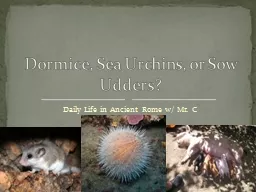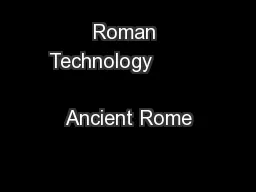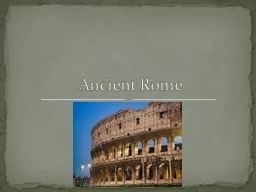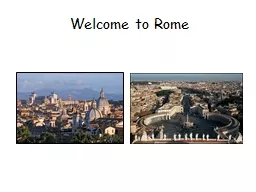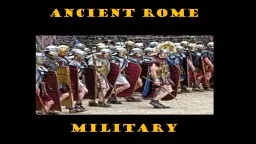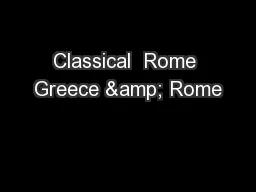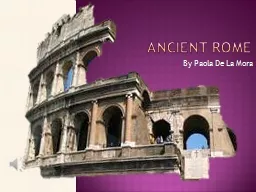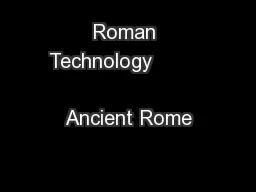PPT-Daily Life in Ancient Rome w/ Mr. C
Author : celsa-spraggs | Published Date : 2016-06-20
Dormice Sea Urchins or Sow Udders The 7 Hills of Rome The Romans did not eat huge meals Their main food was pottage Pottage is a kind of thick stew made from wheat
Presentation Embed Code
Download Presentation
Download Presentation The PPT/PDF document "Daily Life in Ancient Rome w/ Mr. C" is the property of its rightful owner. Permission is granted to download and print the materials on this website for personal, non-commercial use only, and to display it on your personal computer provided you do not modify the materials and that you retain all copyright notices contained in the materials. By downloading content from our website, you accept the terms of this agreement.
Daily Life in Ancient Rome w/ Mr. C: Transcript
Download Rules Of Document
"Daily Life in Ancient Rome w/ Mr. C"The content belongs to its owner. You may download and print it for personal use, without modification, and keep all copyright notices. By downloading, you agree to these terms.
Related Documents

